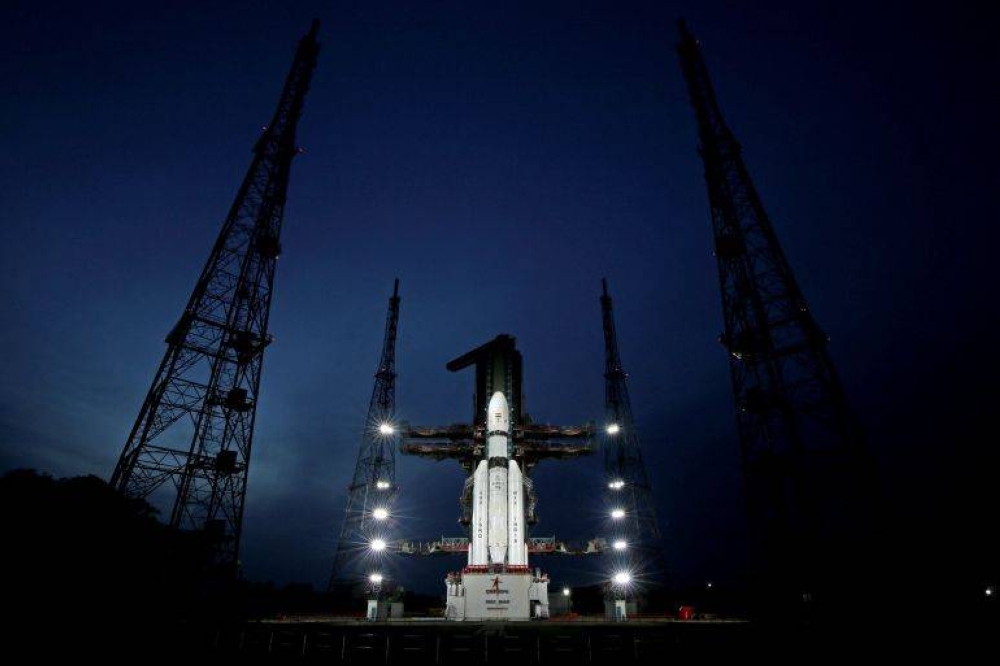India on Friday launched a rocket seeking to land an unmanned spacecraft on the surface of the Moon, a live feed showed, its second attempt to become only the fourth country to do so.
The rocket lifted off from Sriharikota in the southern state of Andhra Pradesh carrying the Chandrayaan-3 spacecraft, as thousands of enthusiasts clapped and cheered.
The world's most populous nation has a cut-price aerospace programme that is rapidly closing in on the milestones set by global space powers.
Only Russia, the United States and China have previously achieved a controlled landing on the lunar surface.
India's last attempt to do so ended in failure four years ago, when ground control lost contact moments before landing.
If the rest of the Indian mission goes to plan, the Chandrayaan-3, which means "Mooncraft" in Sanskrit, will safely touch down near the moon's little-explored south pole between August 23-24.
Indian Prime Minister Narendra Modi, who is currently visiting France, tweeted that the mission was carrying the "hopes and dreams of our nation".
Developed by the Indian Space Research Organisation (ISRO), the Chandrayaan-3 spacecraft includes a lander named Vikram, which means "valour" in Sanskrit, and a rover named Pragyan, the Sanskrit word for wisdom.
Upon touchdown, the rover will roll off Vikram and explore the nearby area, gathering images to be sent back to Earth for analysis.
The rover has a mission life of one lunar day or 14 Earth days.

